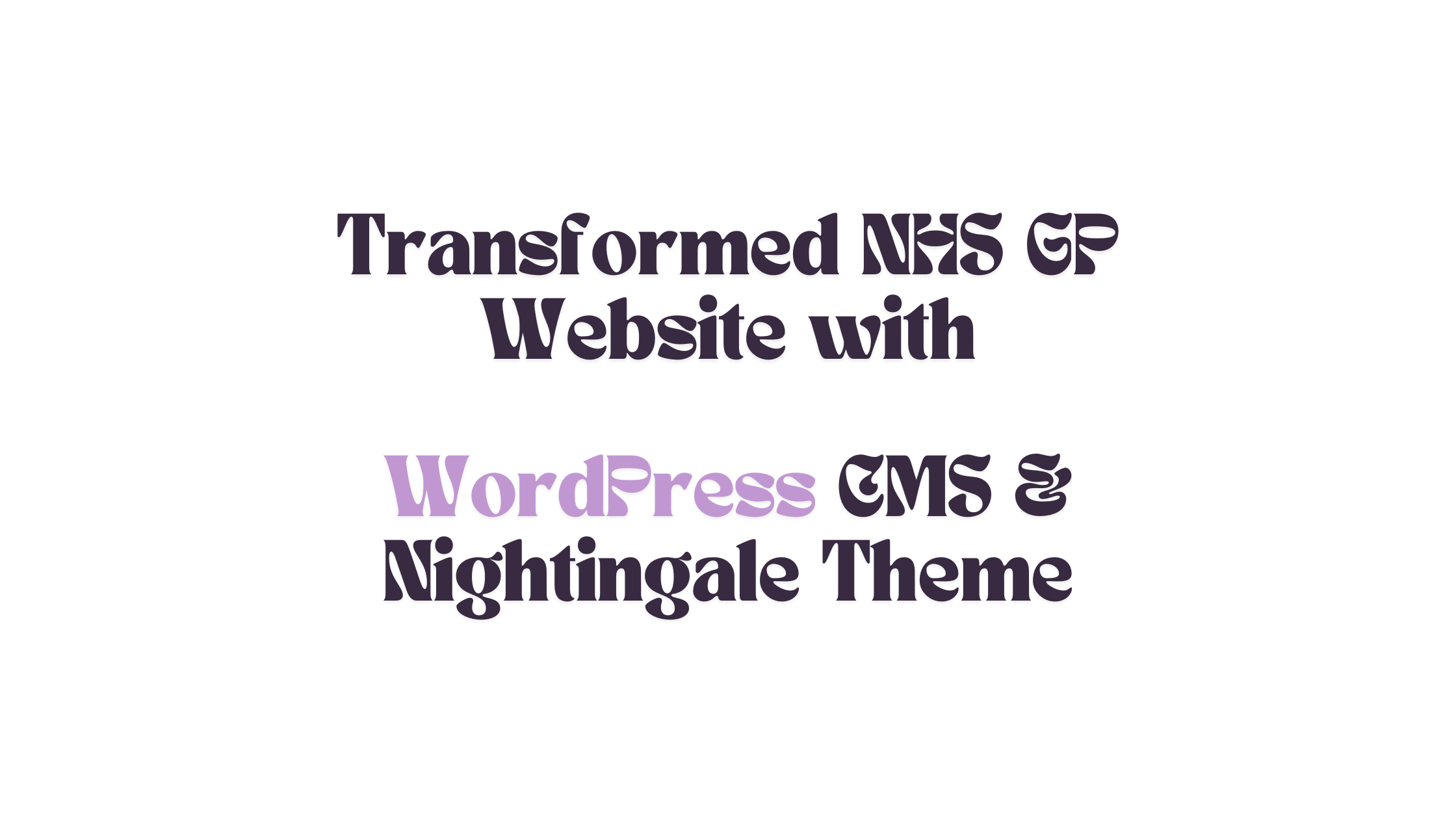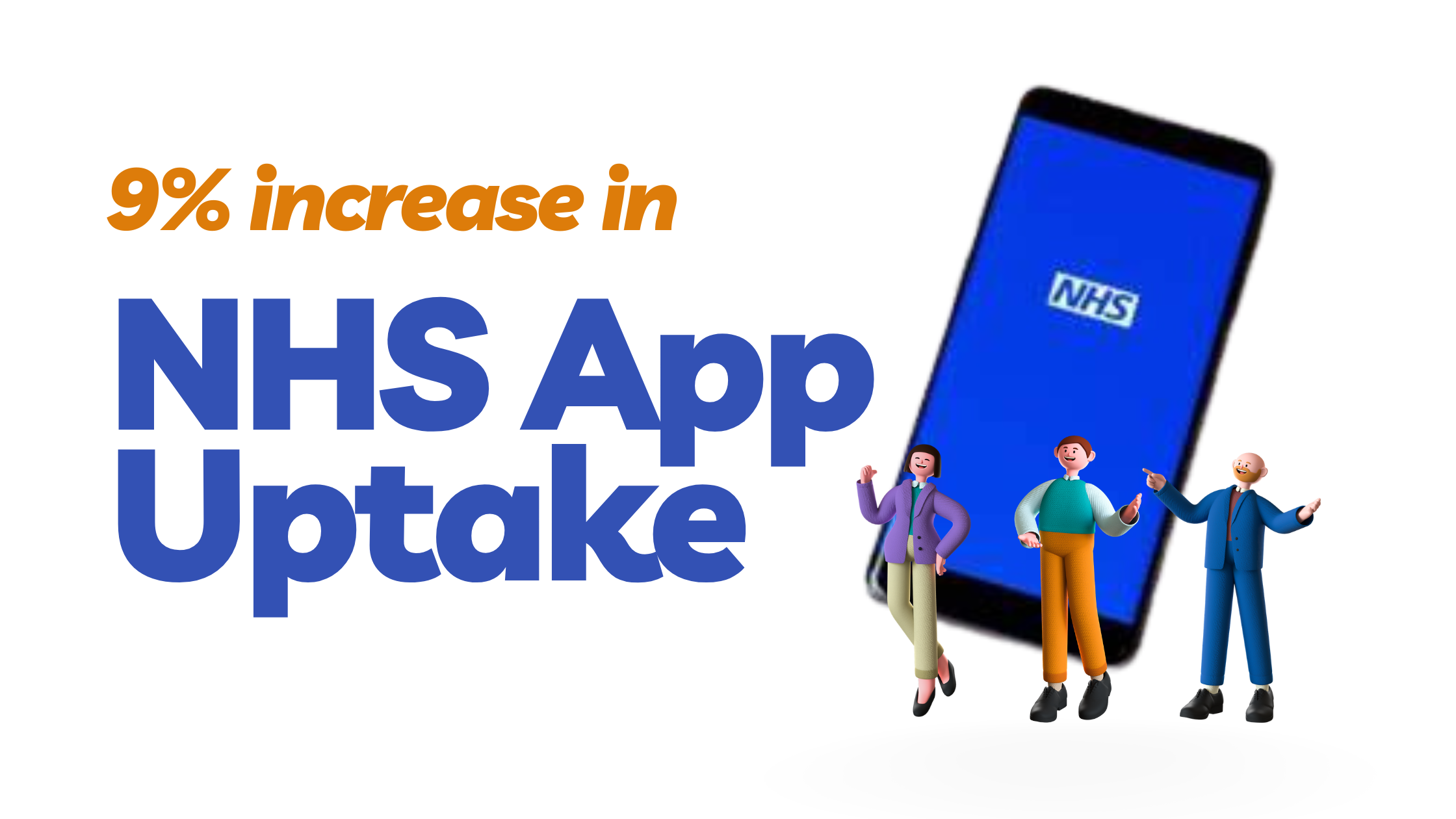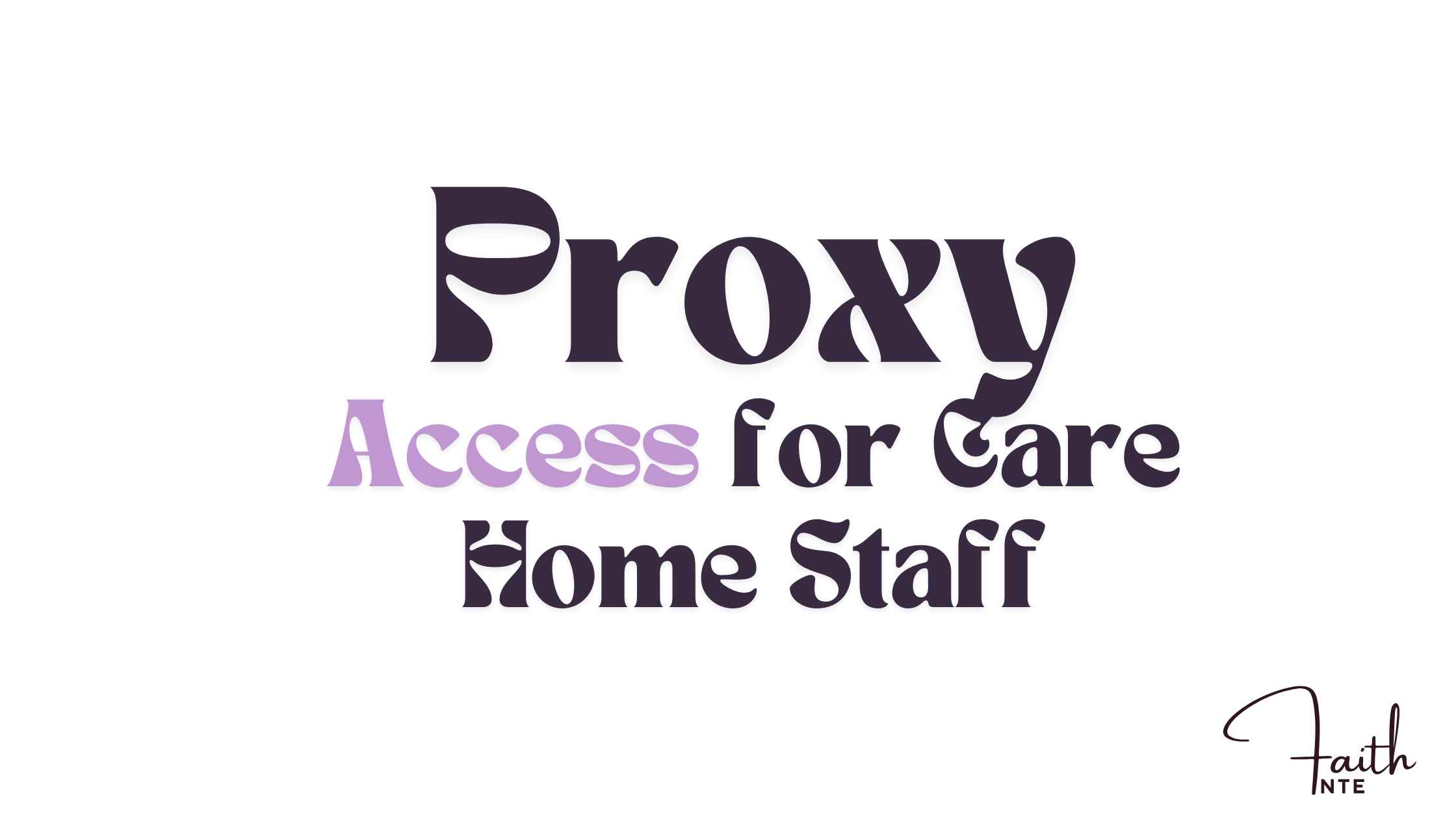-

In May 2023, NHSE released a GP website benchmarking and improvement tool. The tool has three focuses but the top two are: At our PCN, we used this tool to benchmark our GP websites, improve them, and create an adjusted benchmarking framework that meets all NHS guidelines. How do our GP websites meet the top…
-

Our PCN got into 2024 at 55% NHS App uptake. A fairly good amount, but our ICB wanted 70% by December 2024. If we increased monthly registration from 140 to 220, we could only reach 70% by December 2025 (one year later). The Challenge: Covid-19 was the primary reason many people downloaded the NHS App.…
-

Care home proxy access enables care home staff to access residents’ GP services on time Every week, a GP from the surgery gets an appointment to visit a resident of a care home who has a medical problem. Any observation from such a visit is recorded in the resident’s patient profile in the GP system.…
